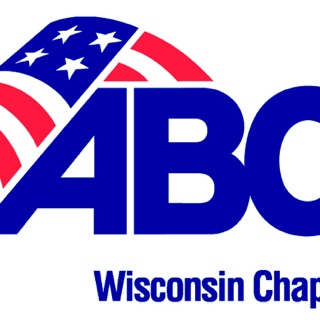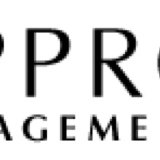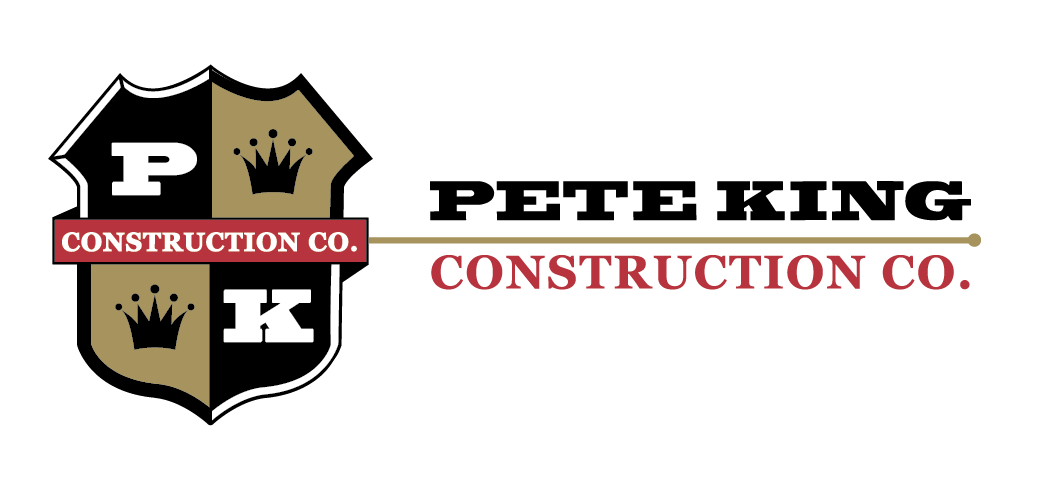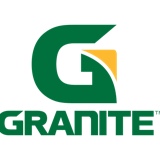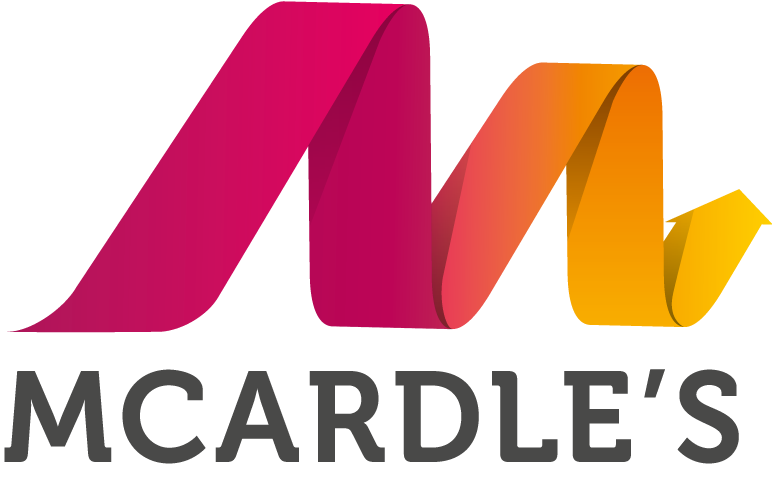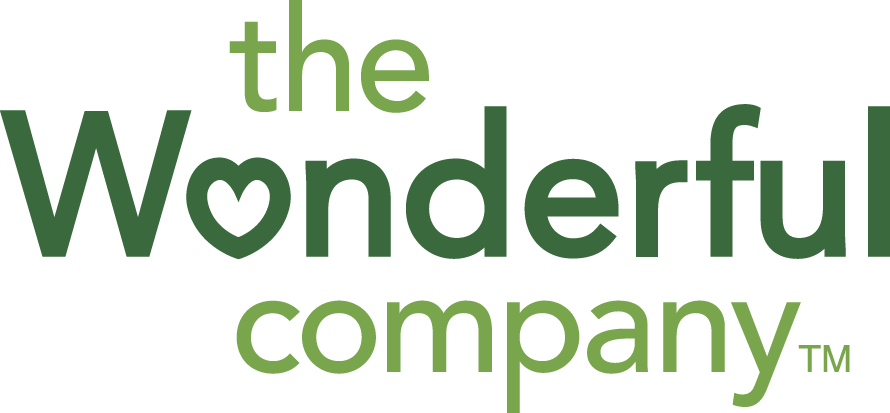Information
-
Document No.
-
Member
-
Project
-
Superintendent
-
Date/Time
-
Prepared by
-
Location
Administration
-
State & Federal postings are in place
-
OSHA Notice / 300 Log
-
Emergency Telephone #'s and directions to clinics & hospitals posted
-
First Aid Kit/Blood Spill Kits in place and fully stocked
-
First aid & CPR trained employee on site
-
Toolbox Talks/Safety Meetings Documented
Aerial/Scissors Lifts
-
Daily inspections
-
Proper use, maintenance
-
Fall protection in place
Communication
-
Pre-task planning
-
Pre-con meeting conducted
Concrete/masonry
-
All impalement hazards addressed
-
Limited access zones in place
-
Wall bracing in place
-
Engineering controls in place (water, ventilation, vacuum)
Confined Space
-
Competent Person evaluated permit and non-permit spaces
-
Air monitor on site (properly calibrated and used)
-
Atmosphere test results documented
-
Energy sources locked out
-
Adequate ventilation
-
Rescue plan in place
Cranes, Rigging, Signaling
-
Daily, monthly, annual inspections
-
Qualified rigger/signal person
-
Swing radius controlled
-
Critical lift plan
-
Rigging inspected, tags in place, damage free, stored properly
-
Overhead power line plan in place and training provided
-
Crane signals posted in immediate work area
Demolition
-
Engineering survey completed
-
Electrical
-
GFCI and/or Assured Grounding in use
-
Cords condition / grounding
-
Damaged equipment tagged/removed from service
-
Good work practices (cords out of pathways, kept out of water, etc.)
-
Temp lighting adequate and good condition
-
Live parts properly guarded (panel covers, box covers, etc)
-
Lockout/Tagout
-
NFPA 70 E work practices in place
Excavations
-
Overhead & Underground utilities located
-
Competent person inspection documented daily
-
Protective system
-
Access/Egress provided
-
Utilities protected/supported
-
Spoil piles, equipment and materials minimum of 2' from edge of excavation
-
Seat belts & rollover protection in place
Fall Protection
-
Proper fall protection at 6' or greater
-
Fall protection equipment inspected
-
Personnel below are protected from falling objects
-
Roof fall hazards addressed
-
Warning lines
-
Open sided floors or platforms 6' or more from ground equipped with proper guardrail
-
Hole covers in place secured and marked appropriately
-
Openings properly barricaded or covered
-
Stairs equipped with handrails
-
Slips/trips/fall issues addressed
-
Snow/ice/mud managed
Fire protection and housekeeping
-
Housekeeping maintained regularly
-
Materials stacked properly, lumber is free of protruding nails
-
Aisles, stairwells, passageways clear
-
Flammable/combustibles stored and handled safely
-
Fire ext. properly located and inspected monthly
-
All vehicles & other mobile equipment provided with fire protection
-
LP cylinders stored outdoors
-
Approved safety gas cans
-
No smoking signs posted
-
Adequate lanes for emergency vehicle access
Hand/Power Tools
-
Tools inspected and maintained
-
Guards/safety features maintained
-
Compressed air lines secured
-
Proper tool for the job being used
Health and Hazard Communication
-
Employees trained
-
Updated SDS book on site
-
Containers properly labeled
-
Spills cleaned up appropriately
-
Asbestos risks assessed and addressed
-
Lead risks assessed and addressed
-
Silica exposures assessed and controlled
-
Carbon monoxide monitored/exhaust ventilated
-
Other hazardous materials identified and risks controlled
-
Heat/Cold exposures addressed
-
Drinking water available
Ladders
-
Ladders inspected/no defects
-
Ladders properly used
Mobile Equipment/Material Handling
-
Back-up alarms
-
Daily inspections conducted
-
Trained operators
-
Seat belts & rollover protection in place
-
Loads not flown over people
-
Tag lines used as necessary
PPE
-
Appropriate clothing in use
-
Head protection
-
Eye & Face protection
-
Hand protection
-
Hearing protection
-
Proper work boots
-
High visibility clothing
-
FR clothing (welding, arc flash)
-
Respiratory protection
-
Other PPE being used properly (protective sleeves and cut resistant gloves during demo)
Scaffolding
-
Set up & used properly
-
Proper access
-
Inspected before use
-
Secured/tied/guys in place @4:1
-
Fall protection in place all open sides and edges
-
Mobile Scaffolds set up & used properly
Welding, Cutting, & Cylinders
-
Compressed gas cylinders stored and secured upright
-
Cylinders capped when not in use
-
Cylinders, hoses, regulators free from damage
-
Welding screens provided
-
Engineering controls in place (ventilation, fume eaters, fresh air)
-
PPE provided
-
Equipment in good repair, insulators, grounding, welding leads
-
Hot work permits in place
-
Fire watch in place
Notes
-
Notes
Signatures
-
Safety Evaluator
-
Project Superintendent
